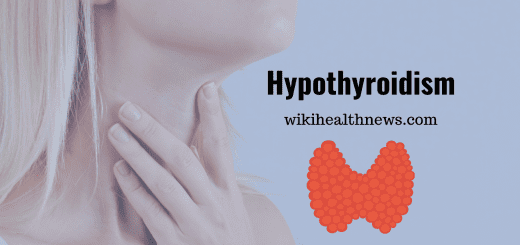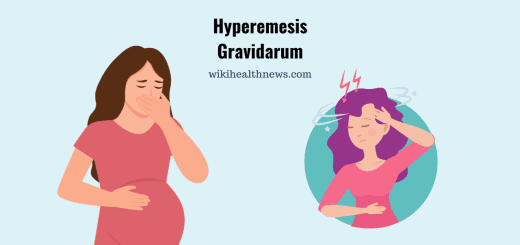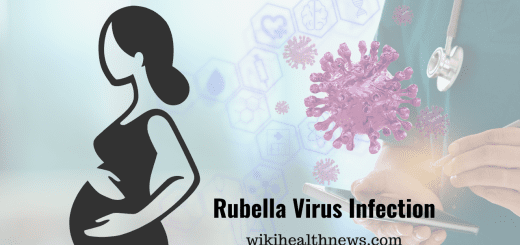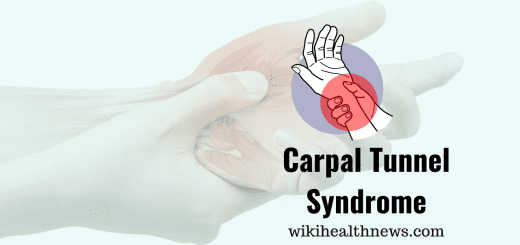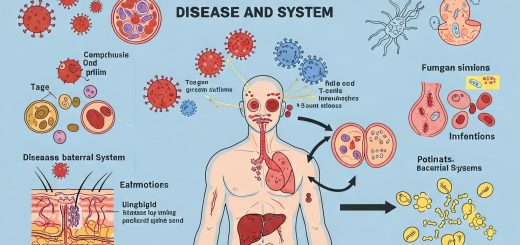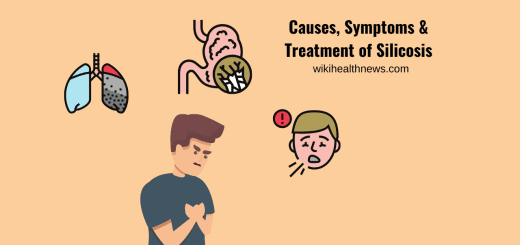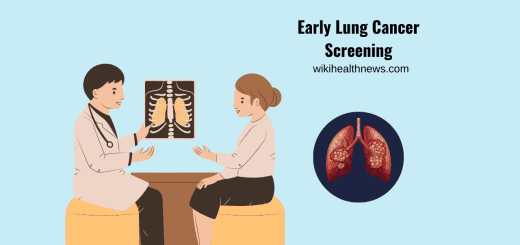Birthmarks: Are They Harmless Lesions?
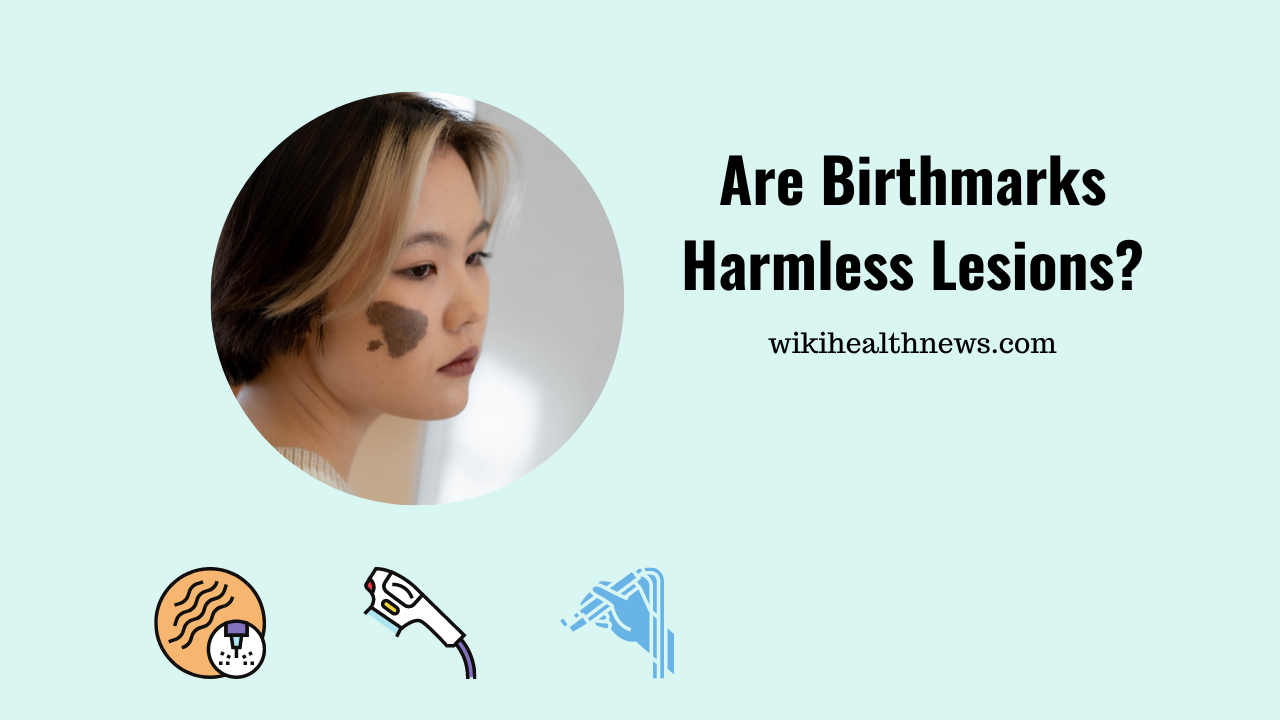
Birthmarks are common growths or lesions that appear on the skin and are present shortly at or after birth. Mainly these lesions fall into two categories- vascular or pigmented ones.
They occur anywhere on your face, scalp or body and can vary in color, size, appearance, and shape.
Certain birthmarks are flesh colored but may have a different texture than the rest of your skin. Some birthmarks are permanent and may get larger over time and others birthmarks fade away completely.
What causes birthmarks?
The occurrence of birthmarks may be inherited but the underlying reason is unknown. Certain marks may be similar to the marks on other family members, but most of them are not.
Red birthmarks are caused by overgrowth of blood vessels. Brown or blue birthmarks are caused by melanocytes (pigment cells).
Occasionally some skin lesions are caused by gene mutations and some are hereditary and run in families.
For example- Klippel -Trenaunay syndrome is a condition caused by genetic mutation that isn’t generally inherited and babies with this type of birthmark are called port wine stains as they look similar to splash of wine.
Another rare condition which also appears as port wine birthmarks with a specific branch of nerves which is caused by a different gene mutation and this rare condition is called Sturge-Weber syndrome.
Can birthmarks appear later in life?
The birthmarks are a skin spot that occurs shortly after birth or at birth. In rare cases the birthmarks appear on the skin during childhood. Other marks of different types occur on skin such as moles later in life but aren’t considered as birthmarks.
- Pigmented birthmarks occur as melanocytes or when there’s an overabundance of pigment cells. Pigment cells are the ones that give skin its natural color.
- Vascular birthmarks are the ones that occur if blood vessels in a particular area of skin doesn’t form the way it should be. They can be clustered in an area or the blood vessels may be wider than they should occur.
- Pigmented birthmarks
These are birthmarks that occur when there is more pigment in one part of skin than in other parts. Types are as follows:
- Moles (congenital nevi): They range in different colors from pink to light brown or black. They differ in size and probably are flat or raised. They occur anywhere on face or body. Some may fade and last for lifetime. Changes in mole may sometimes be linked to skin cancer.
- Café au lait spots: in this type birthmarks are irregular in shape and varies in size and in French this type of spots means as coffee with milk as the spots are pale brown in color. The darker the skin is naturally the darker the spot will appear to be.
- The birthmarks occur through early childhood. They often fade and sometimes become larger in size. Some people have more than one spot. A rare medical condition is called neurofibromatosis and is indicated by several café au lait spots.
- The identification or diagnosing depends on the presence of six or more spots. Multiple café au lait spots can also indicate genetic syndromes.
- Mongolian spots: Flat, bluish-gray spots mainly occur in people with naturally dark skin. Though they’re not harmful but are at times mistaken for bruising. Mongolian spots generally occur on the lower back and buttocks and they normally fade away within a few years.
- Vascular birthmarks
At times extra blood vessels clumps together and creates a visible cluster. Vascular birthmarks occur in 40% of newborns.
- Salmon patches: Red or pink patches often occur in between the eyes, on eyelids, or on the back of the neck. They are referred to as stork bites or angel kisses. It is caused by clusters of small blood vessels under the skin. Salmon patches fades in color and they don’t require medical treatment.
- Hemangiomas:These birthmarks appear as pink, blue or bright red in color. They are often found on the extremities, head or neck.
- Hemangioma mostly starts as flat in shape and small in size. Sometimes they grow in the first few months of a baby’s life, they become elevated and large. They stop growing between 6-18 months.
- Hemangiomas fade away completely when a child reaches adolescence. They at times leave a pale mark and these marks are referred to as cherry or strawberry hemangiomas.
- The fast-growing hemangiomas require medical removal so as to ensure that they don’t interfere with child’s vision or breathing. Kids with multiple hemangiomas on skin should be checked for internal hemangiomas.
- Port-wine stains (nevus flammeus)
- The abnormal formations of small blood vessels under the skin are known as Port-wine stains. They are often found on the face and neck and sometimes can occur anywhere on the body.
- Port-wine stains occur as pink or red and turn into dark red or purple. Stains don’t fade over time but may become darker if left untreated. Skin may become very dry, thick or pebbled in texture.
- Port-wine stains which occur on eyelids require medical treatment or monitoring. In rare cases, these types of birthmarks are associated with genetic conditions.
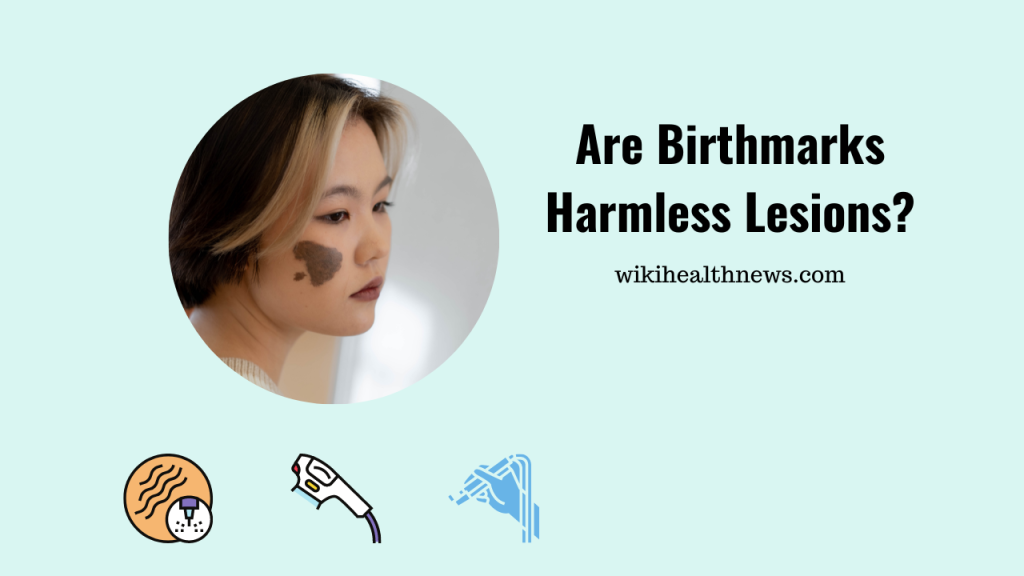
Birthmarks removal
Mostly birthmarks are harmless and they don’t require removal. Certain types of birthmarks, such as hemangiomas or the moles — depending on their presence on body, may lead to an increased risk for medical conditions, such as skin cancer. These kinds of birthmarks should be monitored by a dermatologist and may require removal.
- Methods for removing birthmarks include:
- Laser therapy: Laser therapy can significantly lighten or remove port-wine stains by making them less visible. It is done by using highly concentrated pulsing beams of light that is modulated for strength. This technique can be uncomfortable and require local anesthetic but often produce permanent results. Temporary swelling and bruising may occur.
- Beta-blockers: They’re oral medications used to treat high blood pressure. Propranolol is the drug of choice that may also be used to reduce the size or appearance of hemangiomas.
- Its mechanism of action is by shrinking the blood vessels and reducing blood flow. This causes the hemangioma to fade, soften, and shrink.
- Timolol, can be applied topically and have similar results.
- Corticosteroids: They are anti-inflammatory medications that can be taken through oral route or injected directly into birthmarks. They work by helping to shrink the size of birth marks by directly acting on the blood vessels.
- Surgery: Some birthmarks are successfully treated via surgical removal. It includes very deep hemangiomas which might damage the healthy tissues that are surrounding them.
Read more
